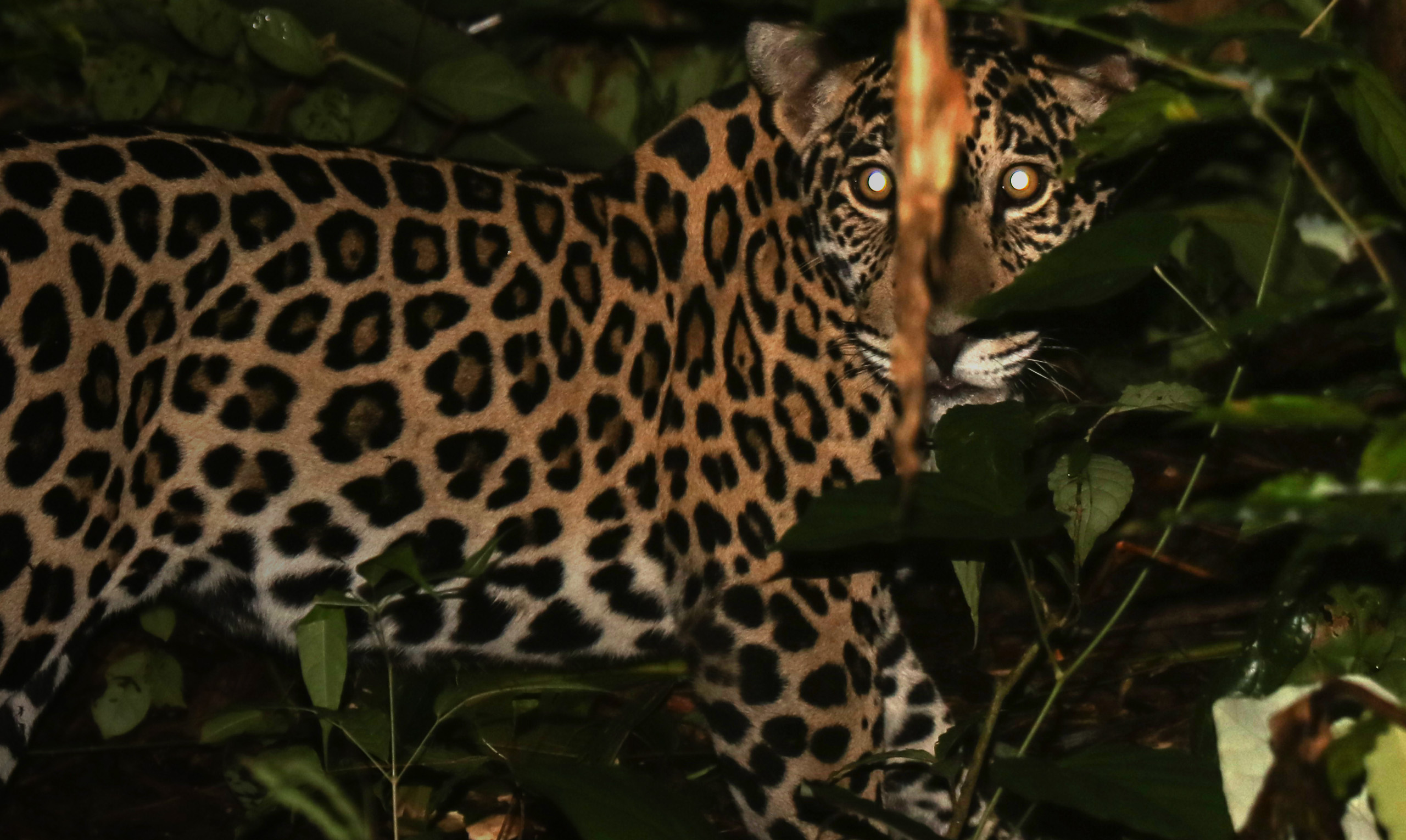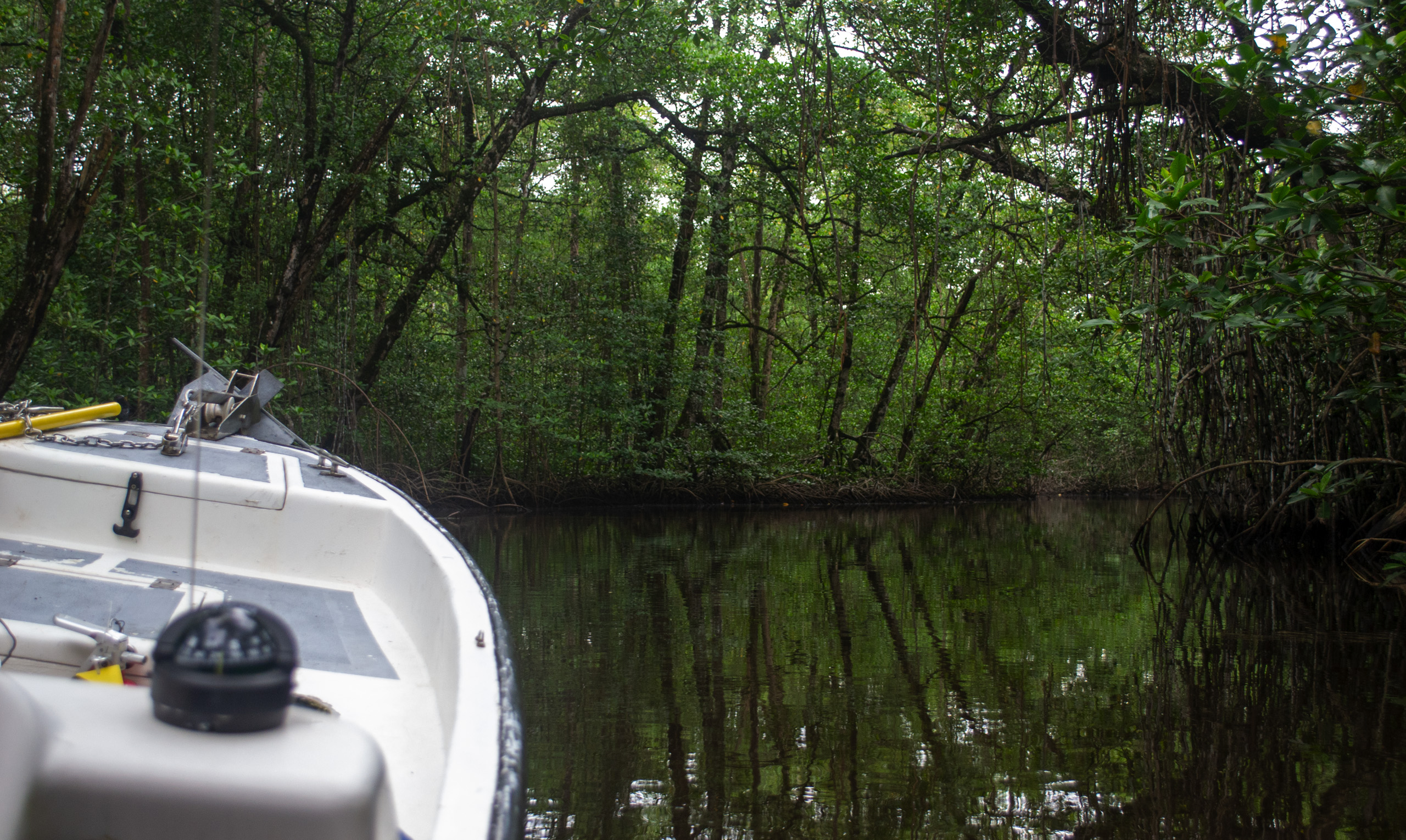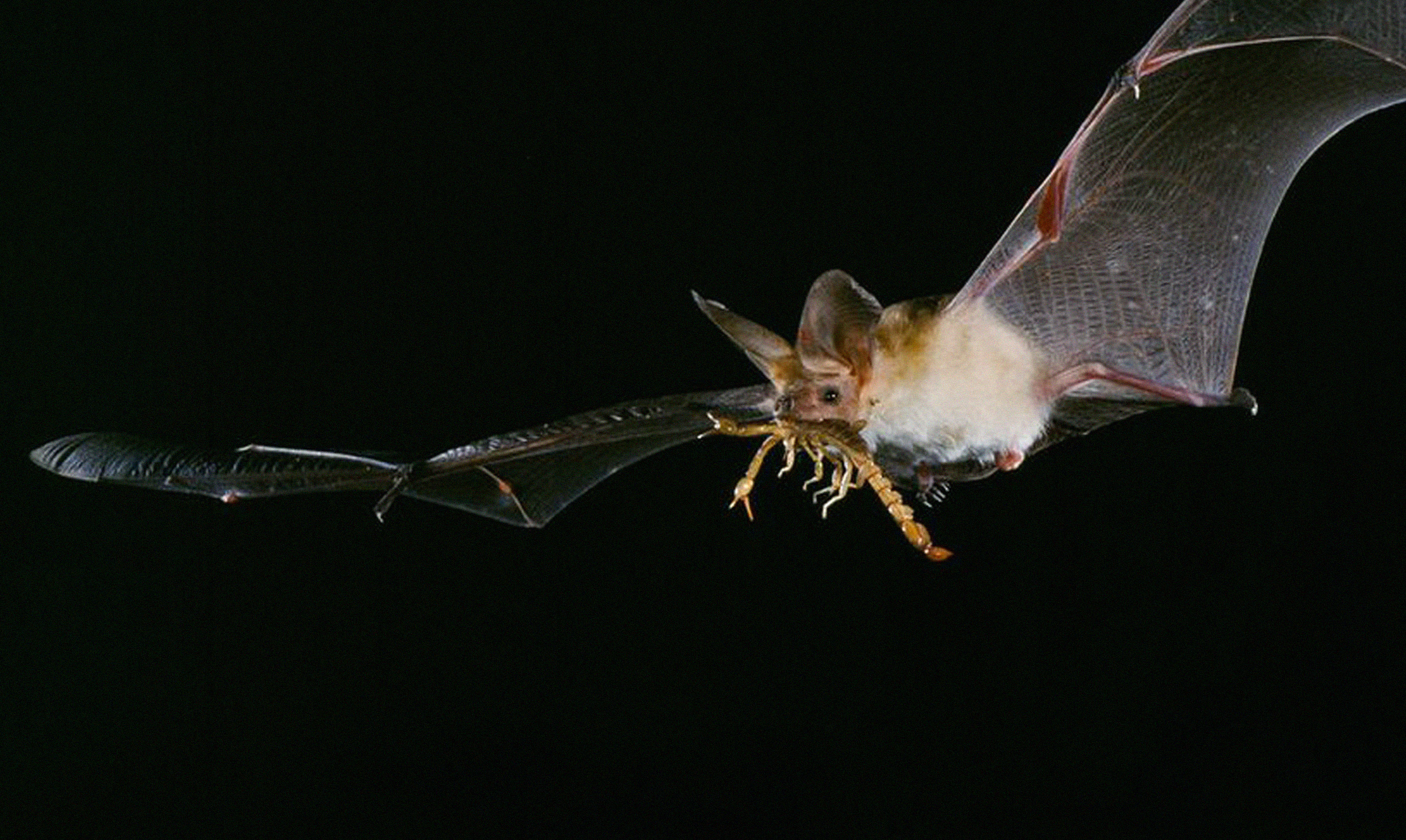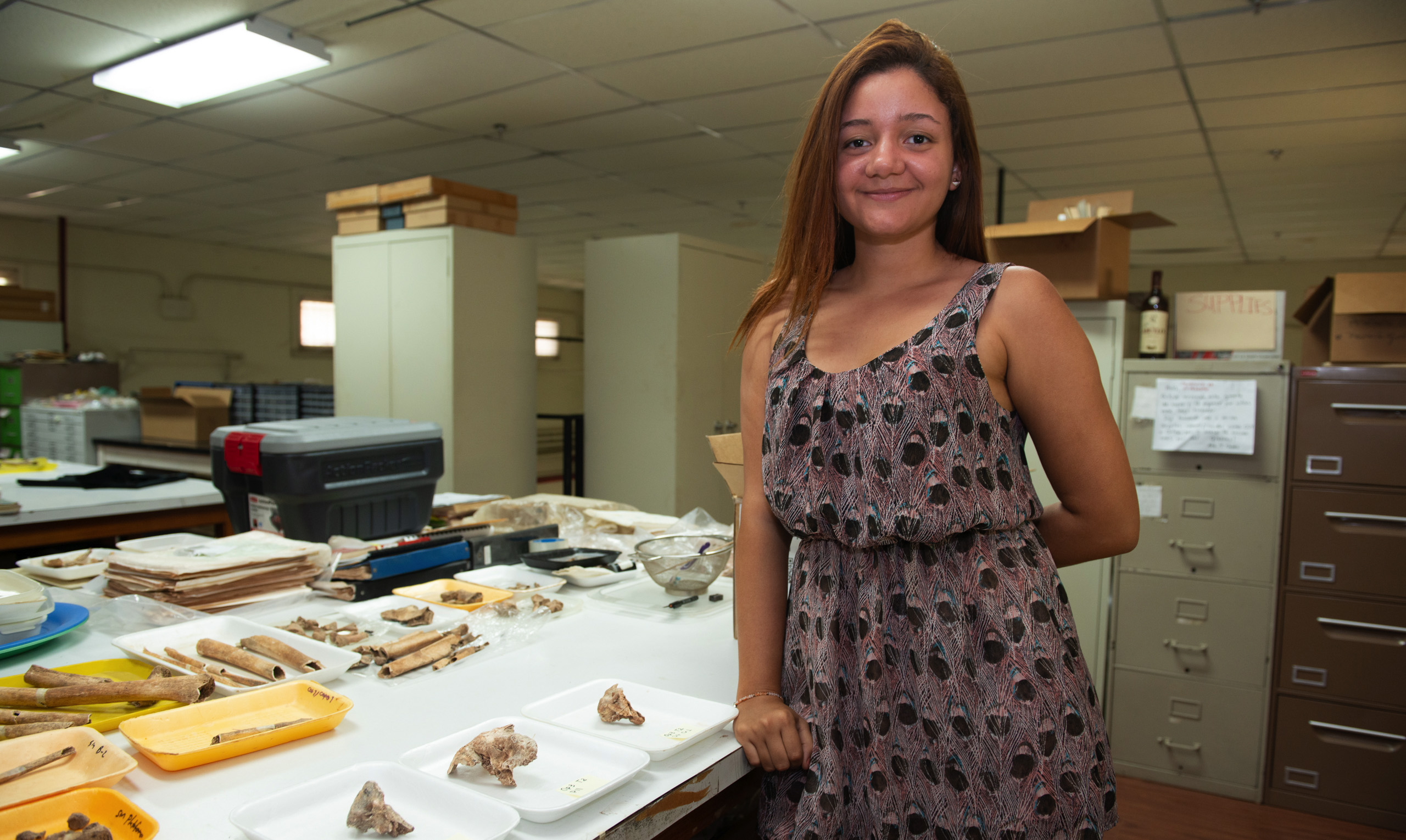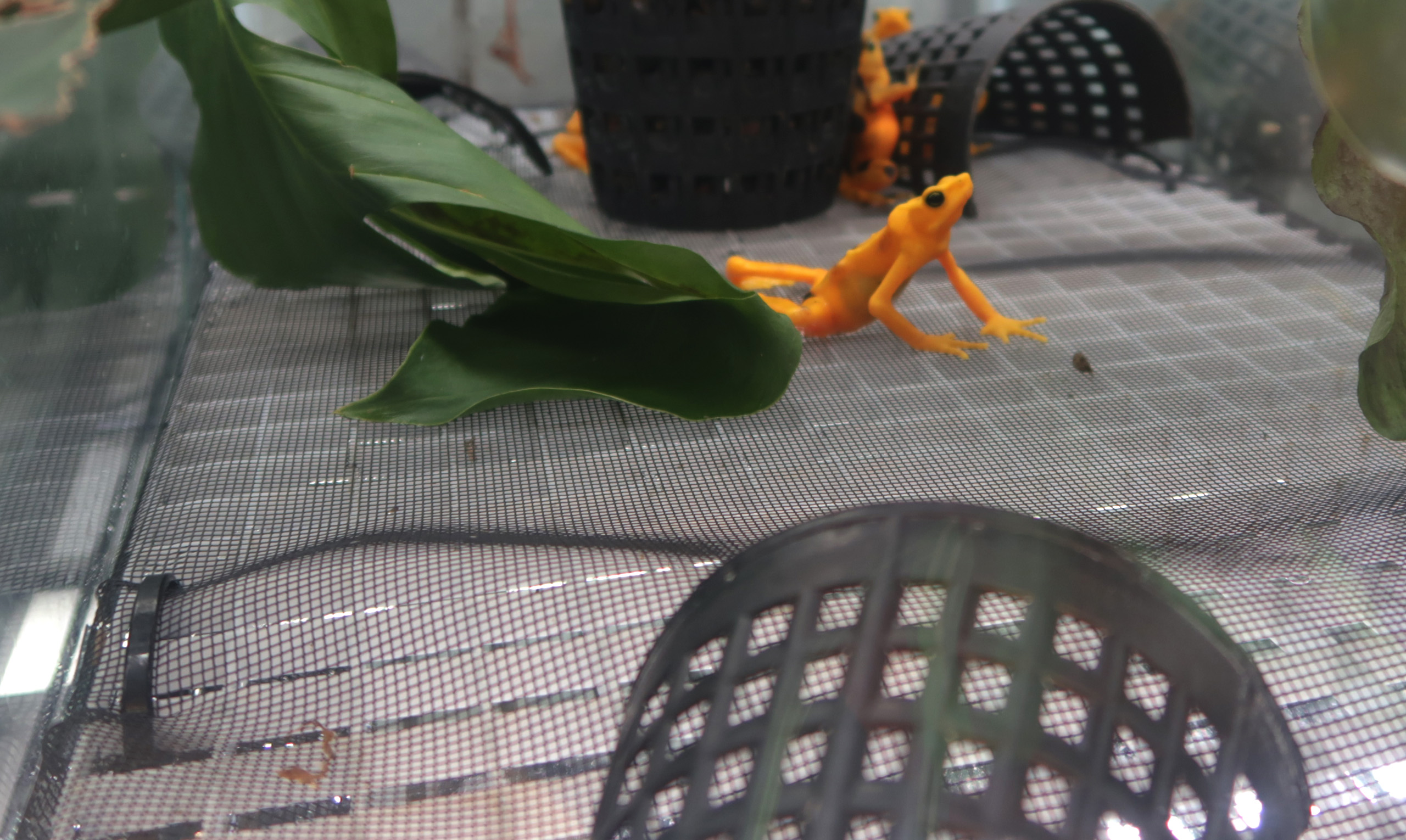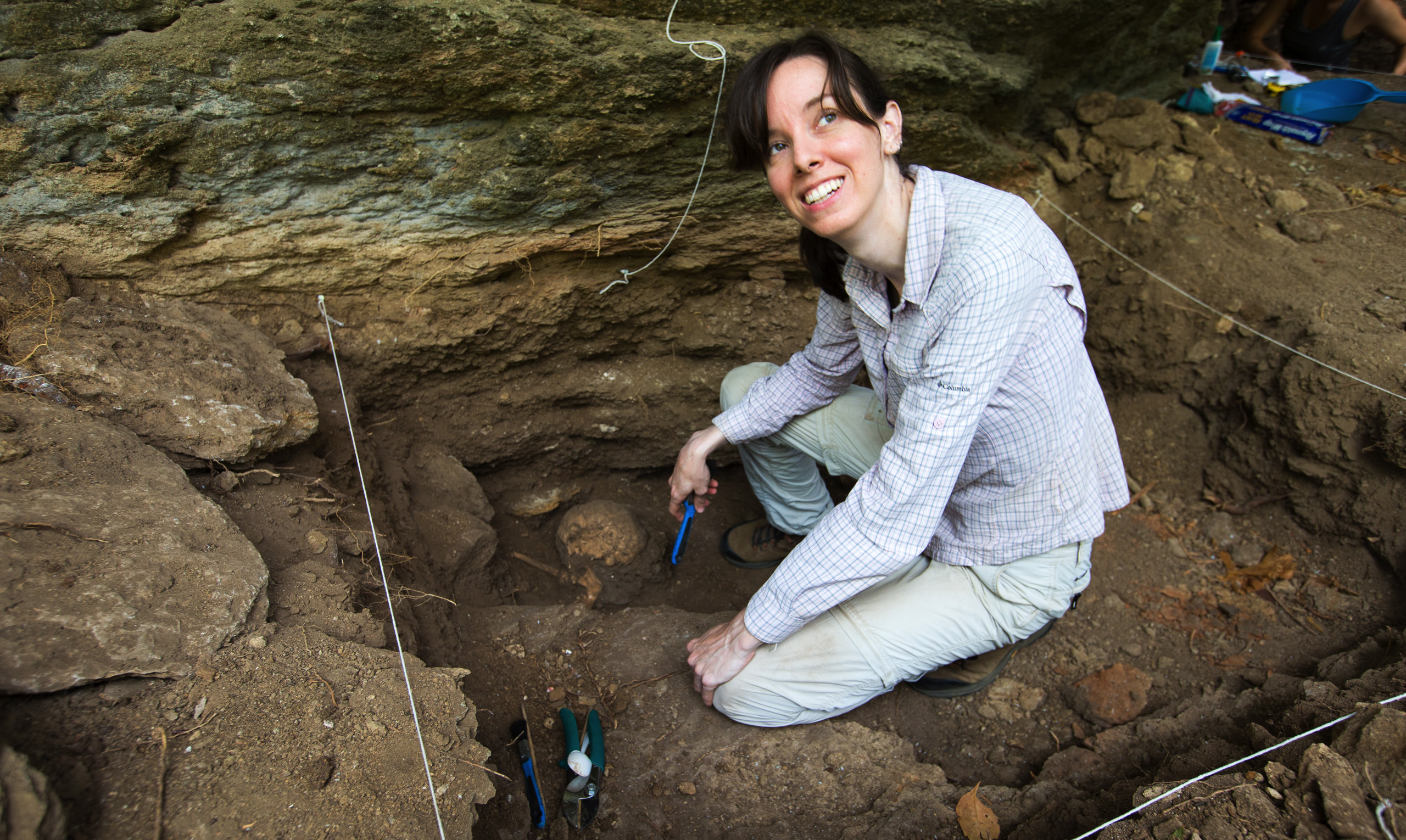“There are no important questions today for understanding how the Earth works - ecologically, evolutionary, geochemically, oceanographically, meteorologically - that can be answered by a single person, or by a single discipline. All of the great questions are interdisciplinary. All of them require multiple kinds of expertise and all of them require teamwork and interaction.”
B. A. The George Washington University, 1965
M. A. The George Washington University, 1968
M. Phil. Yale University, 1970
Ph. D. Yale University, 1971
DiMartino E, Jackson JBC, Taylor PD, Johnson KG (2018) Differences in extinction rates drove modern geographic patters of tropical marine biodiversity. Science Advances 4, eaaq150
Jackson JBC, Chapple S. (2018) Breakpoint: Reckoning with America’s Environmental Crises. Yale University Press
McClenachan L, O’Connor G, Neal BP, Pandolfi JM, Jackson JBC (2017) Ghost reefs: Nautical Charts document large spatial scale reef loss over 240 years. Science Advances 3: e1603155.
Simpson C, Jackson JBC, Hererra-Cubilla (2017) Evolutionary determinants of morphological polymorphism in colonial animals. The American Naturalist 190:
Jackson JBC, Donovan M, Cramer K, Lam V (eds) (2014) Status and trends of Caribbean coral reefs: 1970-2012. International Union for the Conservation of Nature, Gland, Switzerland.
O’Dea A, Lessios, Coates AG, Eytan RI, et al. and Jackson JBC (2016) Formation of the Isthmus of Panama. Science Advances 2:e1600883:12 pp
O’Dea A, Lessios, Coates AG, Eytan RI, et al. and Jackson JBC (2016) Formation of the Isthmus of Panama. Science Advances 2:e1600883:12 pp
Cramer K, Jackson JBC, Angioletti C, Leonard-Pingell J & Guilderson T (2012) Anthropogenic mortality on coral reefs in Caribbean Panama predates coral disease and bleaching. Ecology Letters doi: 10.1111/j.1461-0248.2012.01768.x
Jackson JBC & Jacquet J (2011) The shifting baselines syndrome: perception, deception, and the future of our oceans. Pp. 128-141 in Ecosystem Approaches to Fisheries: A Global Perspective, V Christensen & J Maclean (eds) Cambridge University Press
Jackson JBC, Alexander K, Sala E (eds.) (2011) Shifting Baselines in Fisheries: Using the Past to Manage the Future. Island Press, Washington DC
Smith JT & Jackson JBC (2009) Ecology of extreme faunal turnover of tropical American scallops. Paleobiology 35:77-93
Johnson KG, Jackson JBC, & Budd AF (2008) Caribbean reef development was independent of coral diversity over 28 million years. Science 319:1521-1523
Jackson JBC (2008) Evolution and extinction in the brave new ocean. Proceedings of the National Academy of Sciences USA 105 (Suppl. 1):11458-11465
Lotze HK, Lenihan HS, Bourque BJ, Bradbury RH, Cooke RG, Kay MC, Kidwell SM, Kirby MX, Peterson CH & Jackson JBC (2006) Depletion, degradation, and recovery potential of estuaries and coastal seas. Science 312:1806-1809
Jackson JBC and 17 others (2001) Historical overfishing and the recent collapse of coastal ecosystems. Science 293:629-638
 brown
William Wcislo
brown
William Wcislo


